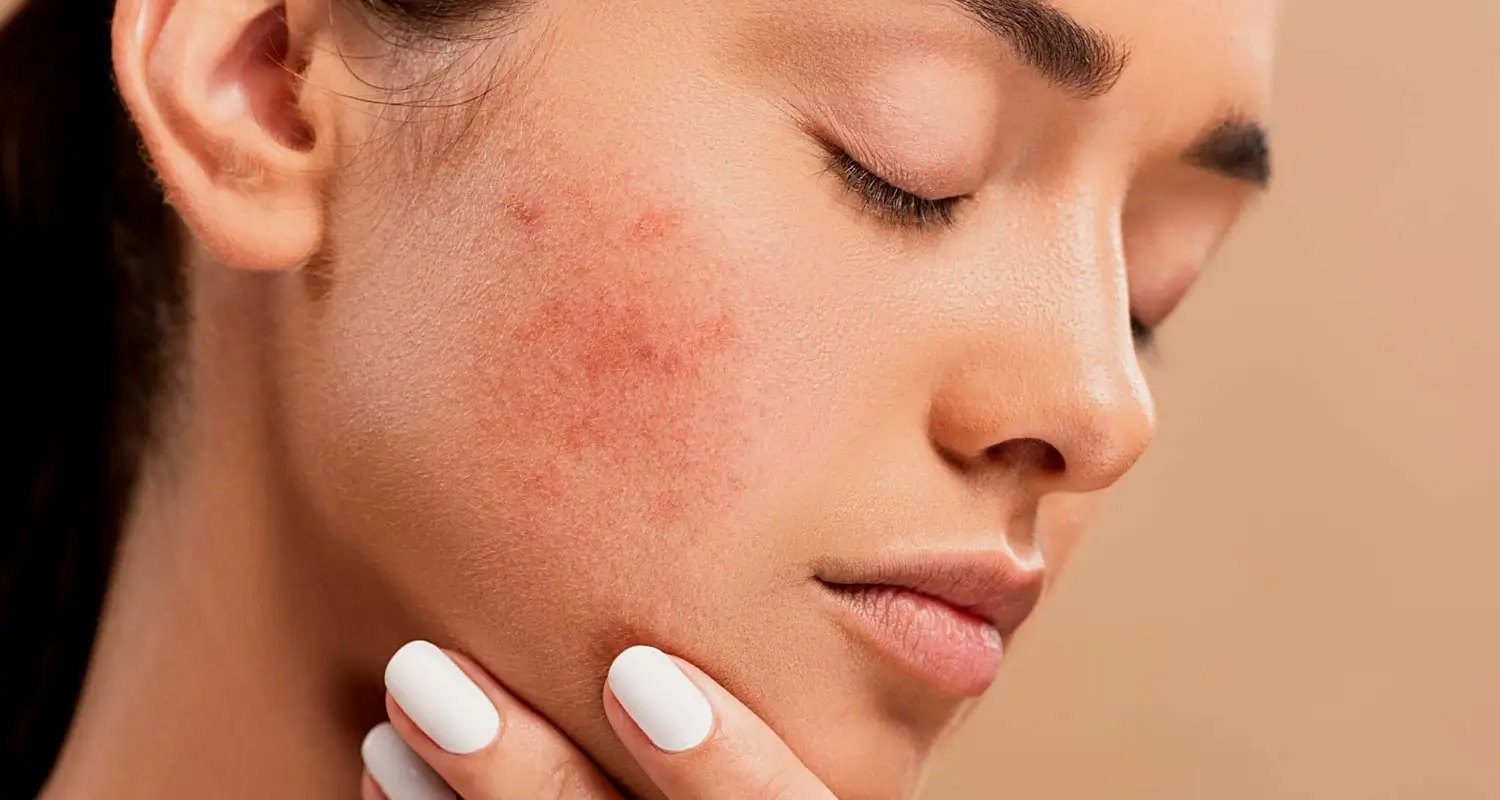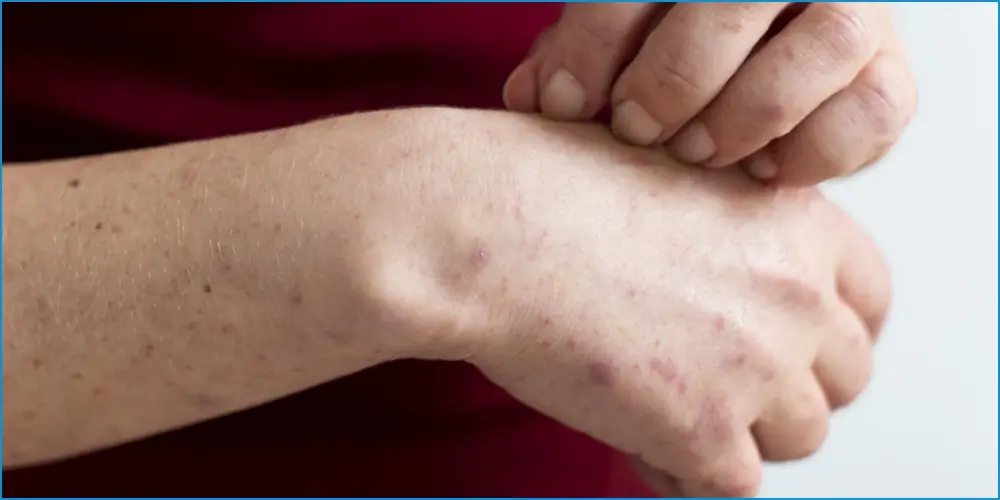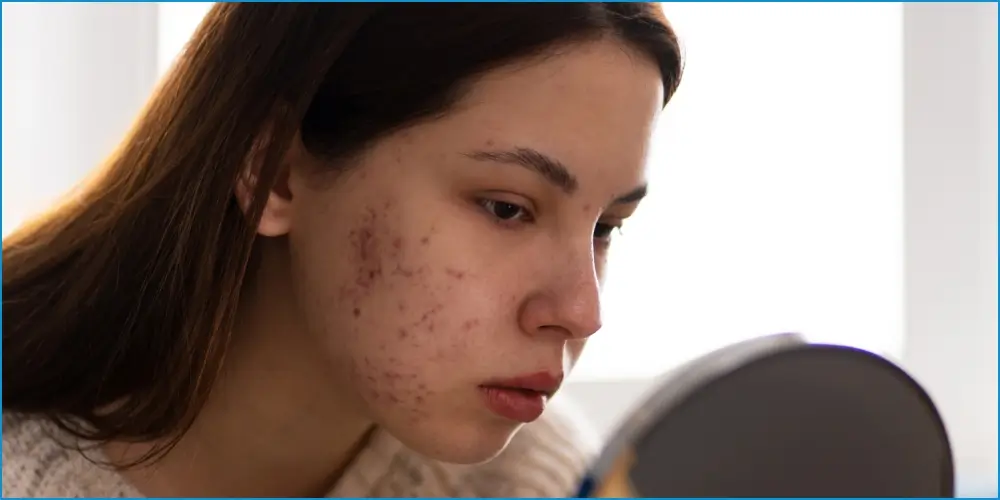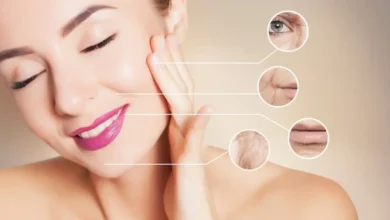The Causes of Mottling of the Skin

Mottling of the skin, also known as livedo reticularis, is a condition characterized by a patchy discoloration of the skin. It appears as a net-like pattern of reddish-blue or purple discoloration, often resembling a lace-like appearance. While mottling of the skin can occur in individuals of all ages, it is more commonly observed in older adults. In this article, we will explore the various causes of mottling of the skin and discuss the associated medical conditions, environmental factors, risk factors, symptoms, diagnosis, treatment options, preventive measures, and when to seek medical attention.
What Causes Mottling of the Skin?

Several factors can contribute to the development of mottling of the skin. One of the primary causes is poor circulation. When blood flow to certain areas of the skin is compromised, it can result in the appearance of mottled patches. Conditions such as peripheral artery disease, Raynaud’s disease, and vasculitis can all affect blood circulation and lead to mottling of the skin.
Another cause of mottling of the skin is the constriction of blood vessels. This can occur due to exposure to cold temperatures or as a side effect of certain medications. When blood vessels constrict, it restricts the flow of blood to the skin, causing the characteristic discoloration.
Additionally, mottling of the skin can be a symptom of an underlying medical condition. Autoimmune diseases like lupus, rheumatoid arthritis, and scleroderma can cause mottling as a result of inflammation and damage to the blood vessels. Other conditions such as sepsis, hypothyroidism, and certain types of cancer can also manifest as mottling of the skin.
Medical Conditions Associated with Mottling of the Skin
Mottling of the skin can be associated with various medical conditions. One common condition is peripheral artery disease (PAD). PAD occurs when there is a buildup of plaque in the arteries, leading to reduced blood flow to the extremities. This can result in mottling of the skin, particularly in the legs and feet.
Raynaud’s disease is another medical condition that can cause mottling of the skin. It is a disorder of the blood vessels that causes them to constrict in response to cold temperatures or stress. The restricted blood flow can cause the skin to become mottled and may be accompanied by pain or numbness.
Vasculitis, an inflammation of the blood vessels, can also lead to mottling of the skin. This condition can affect various organs and tissues in the body, including the skin. The inflammation can cause the blood vessels to become damaged, resulting in mottled skin patches.
Other medical conditions associated with mottling of the skin include lupus, rheumatoid arthritis, scleroderma, sepsis, hypothyroidism, and certain types of cancer. It is important to consult a healthcare professional for a proper diagnosis and appropriate treatment if you suspect any of these conditions.
Environmental Factors Contributing to Mottling of the Skin
In addition to medical conditions, environmental factors can contribute to the development of mottling of the skin. Exposure to cold temperatures can cause blood vessels in the skin to constrict, leading to mottling. Prolonged exposure to extreme cold or windy conditions can increase the risk of developing mottled patches on the skin.
Certain medications can also cause mottling of the skin as a side effect. Medications that constrict blood vessels, such as beta-blockers and some migraine medications, can disrupt normal blood flow and result in mottling.
Risk Factors for Developing Mottling of the Skin
Several risk factors increase the likelihood of developing mottling of the skin. Age is a significant risk factor, as mottling is more commonly observed in older adults. Individuals with a history of certain medical conditions, such as autoimmune diseases or peripheral artery disease, are also at higher risk.
Smoking is another risk factor for developing mottling of the skin. Smoking damages blood vessels and impairs circulation, increasing the likelihood of mottled patches appearing on the skin.
Symptoms and Diagnosis of Mottling of the Skin

The primary symptom of mottling of the skin is the appearance of patchy discoloration, typically in a net-like or lace-like pattern. The affected areas may be reddish-blue or purple and can feel cool to the touch. In some cases, mottling may be accompanied by pain, numbness, or a tingling sensation.
To diagnose mottling of the skin, a healthcare professional will perform a physical examination and review the individual’s medical history. They may also order additional tests, such as blood tests or imaging studies, to identify any underlying medical conditions that may be contributing to the mottling.
Treatment Options for Mottling of the Skin
The treatment of mottling of the skin depends on the underlying cause. In cases where poor circulation is the primary factor, improving blood flow is essential. This can be achieved through lifestyle changes such as regular exercise, quitting smoking, and maintaining a healthy weight. Medications may also be prescribed to improve circulation.
If an underlying medical condition is causing the mottling, treating the condition itself is crucial. This may involve medications to manage inflammation, control autoimmune responses, or address any other specific factors contributing to the mottling.
Preventive Measures for Reducing Mottling of the Skin
Several preventive measures can help reduce the risk of developing mottling of the skin. Maintaining a healthy lifestyle, including regular exercise and a balanced diet, can improve overall circulation and reduce the likelihood of mottled patches appearing.
Avoiding exposure to extreme cold or windy conditions is also important, particularly for individuals who are susceptible to mottling. Wearing warm clothing and using protective measures, such as gloves and hats, can help maintain proper body temperature and prevent blood vessels from constricting.
Quitting smoking is another crucial preventive measure. Smoking damages blood vessels and impairs circulation, increasing the risk of developing mottling of the skin.
When to Seek Medical Attention for Mottling of the Skin
While mottling of the skin is not always a cause for concern, it is important to seek medical attention if it is accompanied by other symptoms or if it persists or worsens over time. If you experience severe pain, numbness, or any other concerning symptoms alongside mottling, it is essential to consult a healthcare professional for a proper evaluation and diagnosis.
Conclusion
Mottling of the skin can be a distressing condition, but understanding its causes and associated factors can help individuals better manage and prevent its occurrence. By addressing underlying medical conditions, improving circulation, and taking preventive measures, it is possible to reduce the risk of developing mottling of the skin. If you experience mottling accompanied by other concerning symptoms, it is important to seek medical attention for a proper evaluation and appropriate treatment. Remember to consult a healthcare professional to receive personalized advice and guidance based on your specific situation.



